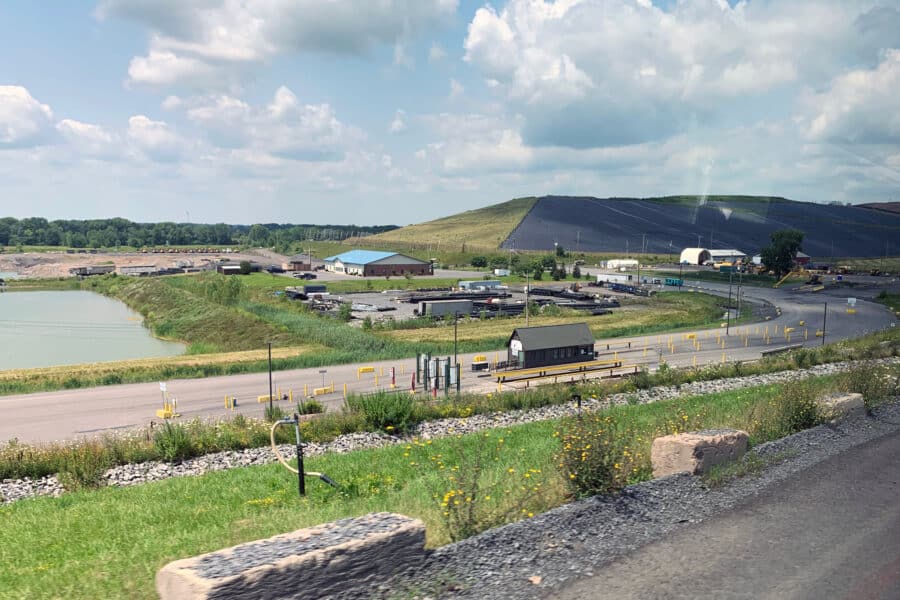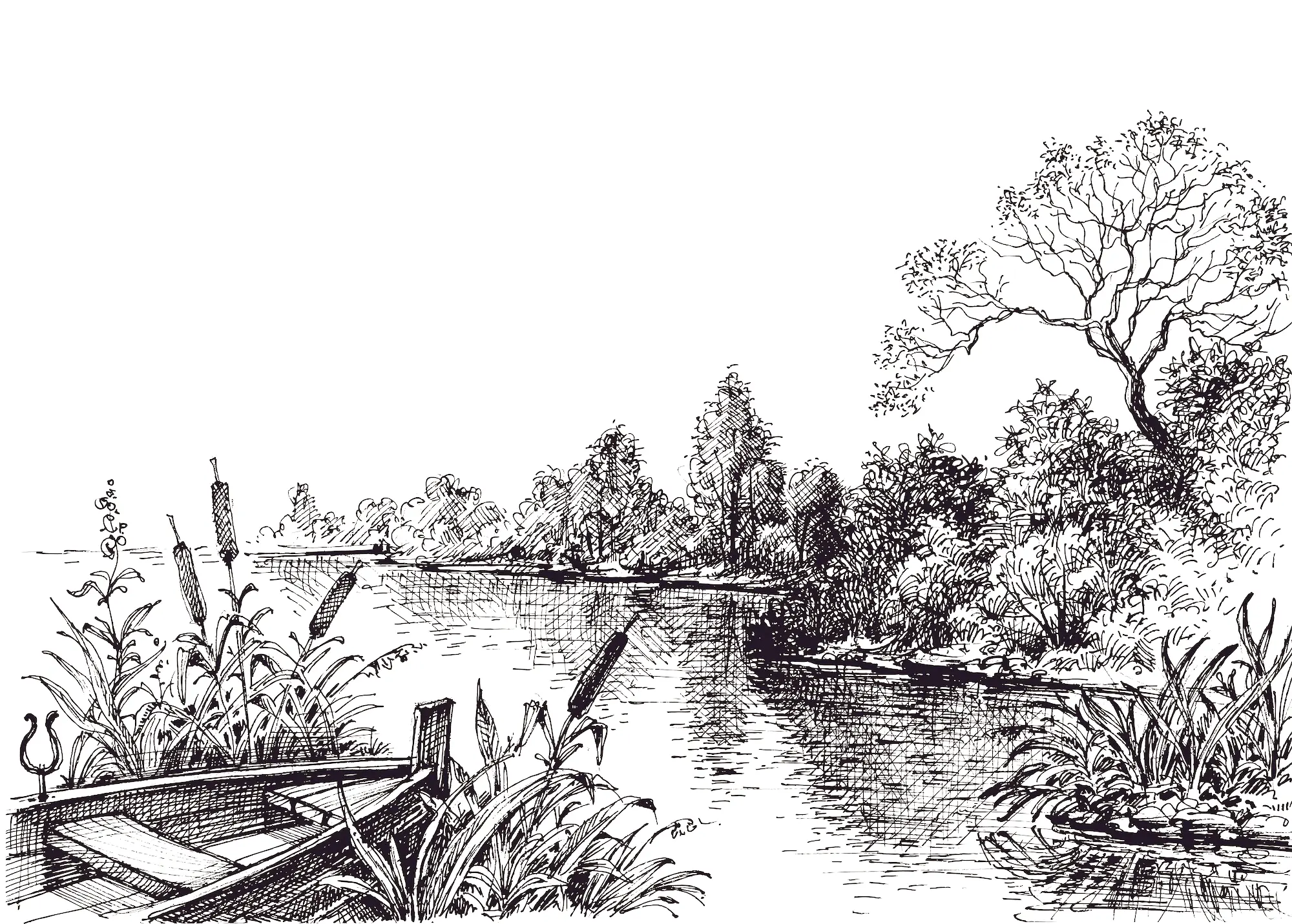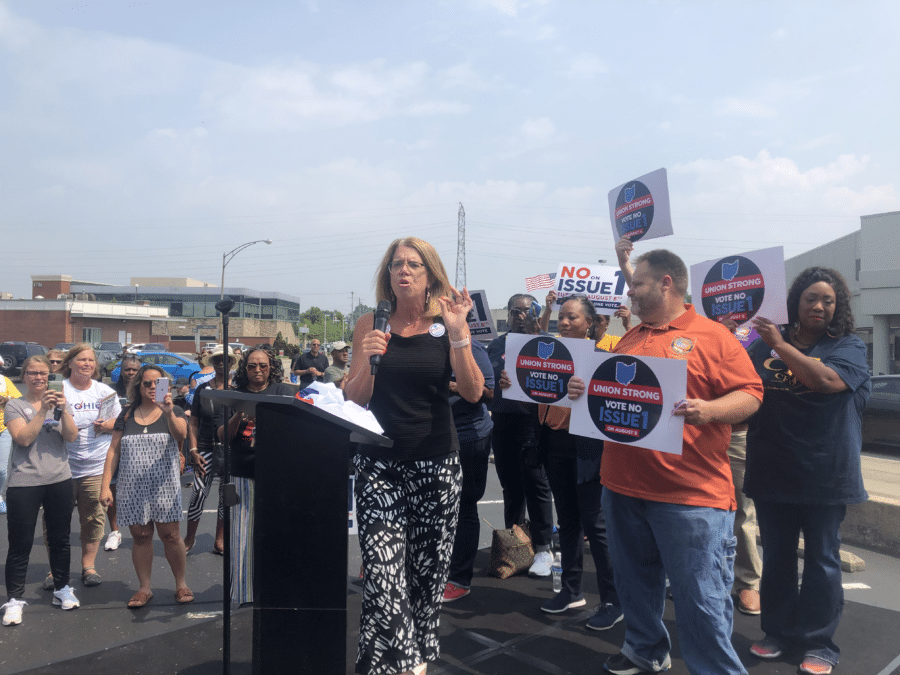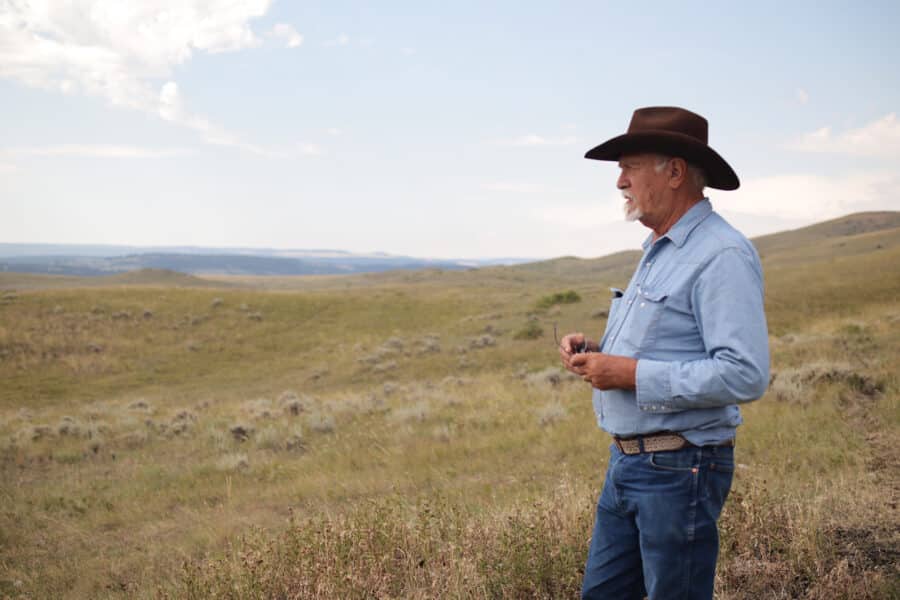From Asia to Europe to North America, wildfires this year tore through massive, record-breaking swaths of land. In the United States alone, 7 million acres have burned, nearly half of that in Alaska. In Southwest Alaska’s Bristol Bay, a larger region burned in summer 2022 alone than had burned collectively over the previous 72 years—from 1950 to 2021.
95% of Wildland Firefighters Are Men. This Program Aims To Change That.
A new National Park Service program teaches young women to fight fires


Bristol Bay is where 20-year old Sophie Kuehn, a “city kid” from Milwaukee, spent part of her summer learning to fight wildland fires. “I knew absolutely nothing [about fire]. I just knew that there are wildfires. And I knew about Smokey the Bear,” Kuehn says with a laugh. But in Bristol Bay, the University of Wisconsin-Madison sophomore says she was “bitten by the fire bug.” “I feel very knowledgeable and very lucky to know what I do now about wildfire,” says Kuehn, who is studying conservation biology (“in my opinion, the coolest most fun program here at UW”). “I think it’s our job to cultivate and care for the landscape that we have changed simply by our presence and beyond that, to lighten our load on it.”
Getting women bitten by the fire bug is precisely the goal of a newly launched all-women conservation corp crew hosted by the National Park Service (NPS) in conjunction with the Student Conservation Association (SCA). Knowing she wanted to “do something outdoors” during her summer break, Kuehn says she was exploring the SCA website when “I stumbled across a job posting for an all-women’s fire and fuel module. And I thought, ‘that looks super cool,’ but I just assumed I’d be too young and unexperienced to be hired for it.” She decided to give the application a shot anyway, and after a series of interviews, she was accepted a few months later.
Only 5% of NPS wildland firefighters are women, and only eight women at NPS hold leadership positions in wildland firefighting—2% of total leadership positions. One of those eight is Missy Forder, a national fire planner for NPS who was integral in launching the all-women program. Getting women out into the wild and in front of fire is key to increasing their numbers at NPS. “If they can see it, they can be it,” Forder says. “Meeting women like myself and others with long careers will, over the long term, encourage these women to pursue careers in wildland fire and eventually move up the ranks to leadership positions.” Increasing diversity in both gender and ethnicity is important for many reasons, Forder says, including the development of firefighting and fire ecology strategies. “When I’ve been in groups where there’s been more of a balance of genders, problems are discussed differently. And I feel that more innovative solutions a lot of times are achieved.”
After a successful 2021 pilot program in Yosemite and Grand Teton National Parks, this past summer, NPS added the all-woman crew in Alaska. In 2023, all-female crews will be sent to additional sites, though the locations have not yet been announced.
Backpacks and Bears
For Kuehn and her crewmates—six women with mostly urban backgrounds, hailing from Minnesota, Ohio, Pennsylvania, New Jersey and New York—the summer began with conservation work skills and safety training at Chugach State Park south of Anchorage. The sessions included instructions from their female mentors on female-centric basics like how to hold a chainsaw without relying solely on upper-body strength (as many men do), and how to handle their periods while on the fire line. They also learned to live in tents in the Alaskan wilderness for three-and-a-half months in the company of hundreds of plant and animal species, including grizzly bears. “I saw a lot of bears. Sometimes several per day,” says Kuehn. “Too many to count,” and at times very close. Usually, however, Kuehn says she was far enough away that she felt safe. “We would make noise to let the bears know we were there. We usually traveled in groups and carried bear spray for safety.”
Kuehn says her wildland living and firefighting experience “jumpstarted a love for working outdoors and playing in the dirt for me.” She even came to enjoy having no cell service. While she appreciates the wilderness in her home state of Wisconsin, going to Alaska “really did change things for me,” Kuehn says. “I think if every person in the world had the access to the outdoors that I had this summer or even the average Alaskan has in their day-to-day life, we’d be able to cultivate so much more love for our planet.”
“I feel like I can now thrive outdoors,” she says. “It sounds funny, but when you are living outside and working outside for 14 weeks, the bond you form with the environment you’re in is so deep and so strong. And it just cultivates such a strong work ethic.”
In Bristol Bay, the women trained for their “red cards”—more formally known as Incident Qualification Cards—which included passing the “Work Capacity Test,” or “pack test,” in which each crew member must carry a 45-pound pack for three miles in under 45 minutes. In Katmai National Park they felled their first trees and in Allakaket, north of the Arctic Circle, they worked the back end of the Slathtouka fire. While many of Alaska’s fires tend to be remote, in Allakaket, Kuehn and her crewmates were working to protect a tiny fishing community made up of Native groups.
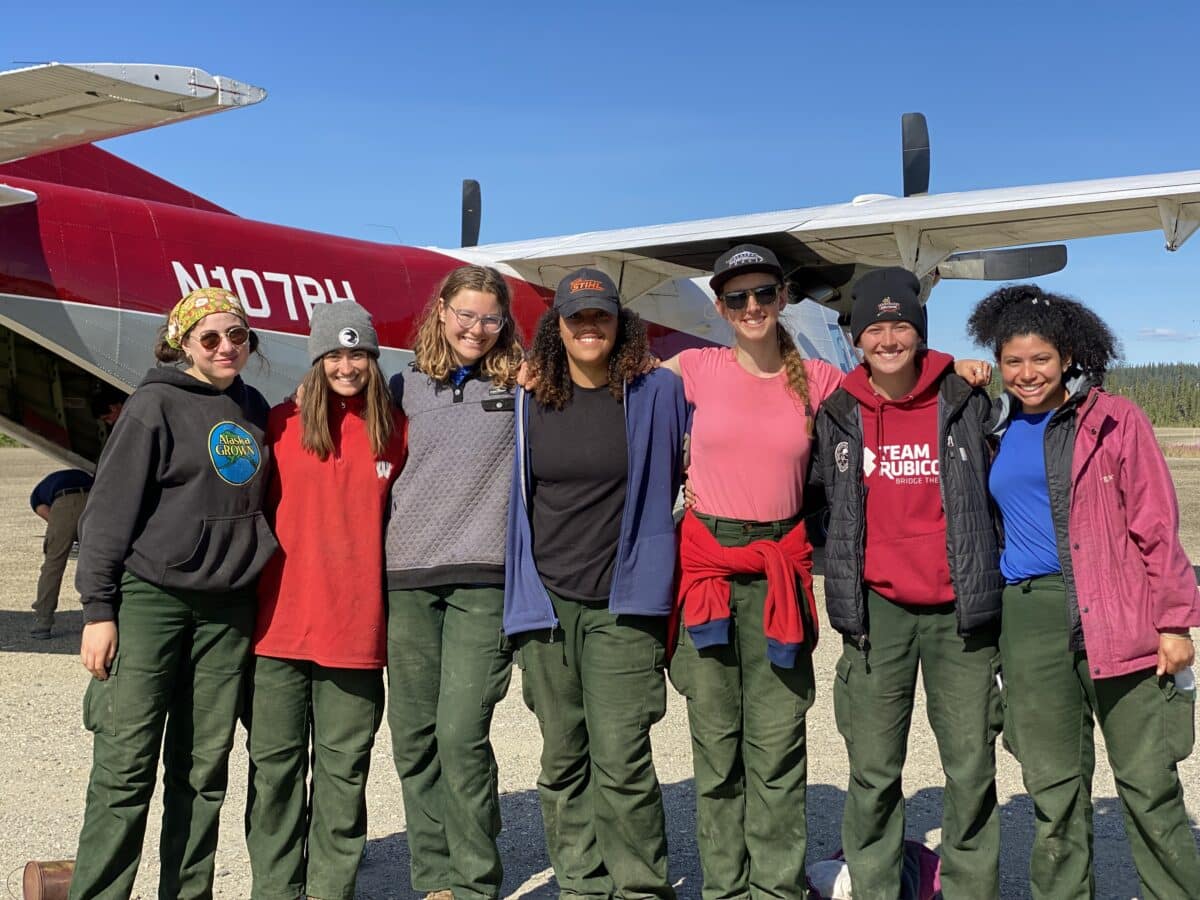
In each new region, the crew was schooled not only in fire suppression, but also in the science behind mitigating wildland fires, learning about fire ecology and how fire fits into particular environments. Research has shown that not all fire is bad; in fact, some fires occur naturally in the wild and suppressing them can negatively impact an ecosystem. But climate change has led to longer and more destructive fire seasons: less mountaintop snowmelt followed by summer droughts leaves forests tinder-dry. There’s also the issue of the “wildland-urban interface,” areas where the sprawl of development encroaches onto previously open, untouched land—more tinder for an approaching fire.
They also learned the importance of trees. While cutting trees is key to protecting land from fire—especially trees that are dead or dying and therefore fuel for a fire—it can be a complicated science since trees are also one of the best defenses against climate change, removing carbon dioxide from the air.
A different approach
Kuehn says she noticed a “very stark difference” in the way her male and female mentors approached their jobs and interacted with the environment. “The women seemed to care a lot more about hurting the planet and leaving scars whereas a lot of the men I interacted with didn’t,” Kuehn says. When it came to cutting down trees, the women would find a way to avoid “felling a beautiful old tree while a lot of the men who came in told us to just cut it down, like ‘who cares.’
“And you know, I don’t have the same perspective. This tree is quadruple my age; who am I to cut it down if it doesn’t absolutely need to come down? To a certain extent I get that if … your fire is really runnin’ and gunnin’ and you’re struggling to keep up, yeah, sometimes you don’t have the luxury to save a beautiful, ancient tree. But when that’s not absolutely necessary, what’s the point in thinking that way?”
That realization helped her understand why getting more women into wildland firefighting is so important. “It’s been found that the way we suppress wildfires, while very effective, really hurts the environment. It really increases soil erosion, pushes a ton of pollutants into our water and air. And I think if there were more women involved, it’s possible that we could find ways to reduce those scars on the planet.”
“Half a Rookie”
Kuehn’s experience in Alaska led her to land a job in a fire ecology lab at UW Madison this school year, and she’s already started applying for wildland fire jobs for the next summer where she’d “only be half a rookie,” she says. She says without her experience in Alaska, it “would have been very intimidating” to go into firefighting. But the all-women program gave her a way in. “Knowing that I would be in a situation with very similar people made it a lot easier to run into it ready for the experience, knowing that I wasn’t going to be judged for how I work, the quality of my work, the speed of my work, and really having that space to grow with like-minded and very similar people.”
Her summer in Alaska “taught me how to be strong and resilient and to stand up for myself and to forge a place for myself in this environment,” she says. “Because I absolutely belong there. And it is no one’s job to tell me otherwise.”
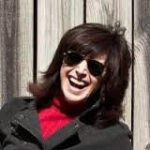
Cari Shane is a Washington, D.C.-based freelance journalist who writes on subjects she finds fascinating—especially science, medicine and health. Cari’s work can be found in a wide variety of publications from The Washington Post Magazine to Scientific American.
Have thoughts or reactions to this or any other piece that you’d like to share? Send us a note with the Letter to the Editor form.
Want to republish this story? Check out our guide.
More from Barn Raiser
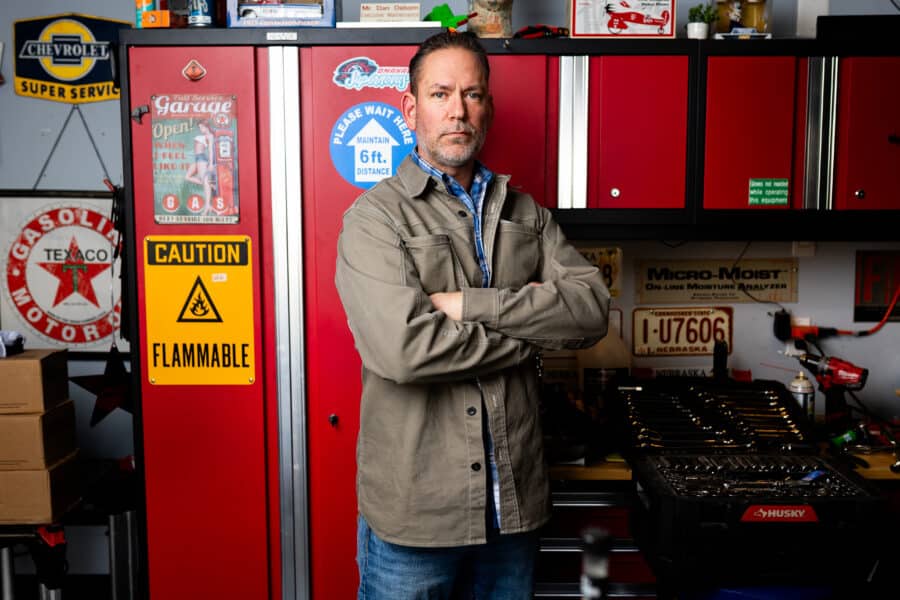
Dan Osborn Challenges Nebraska’s Political Establishment with a Blue-Collar Agenda
